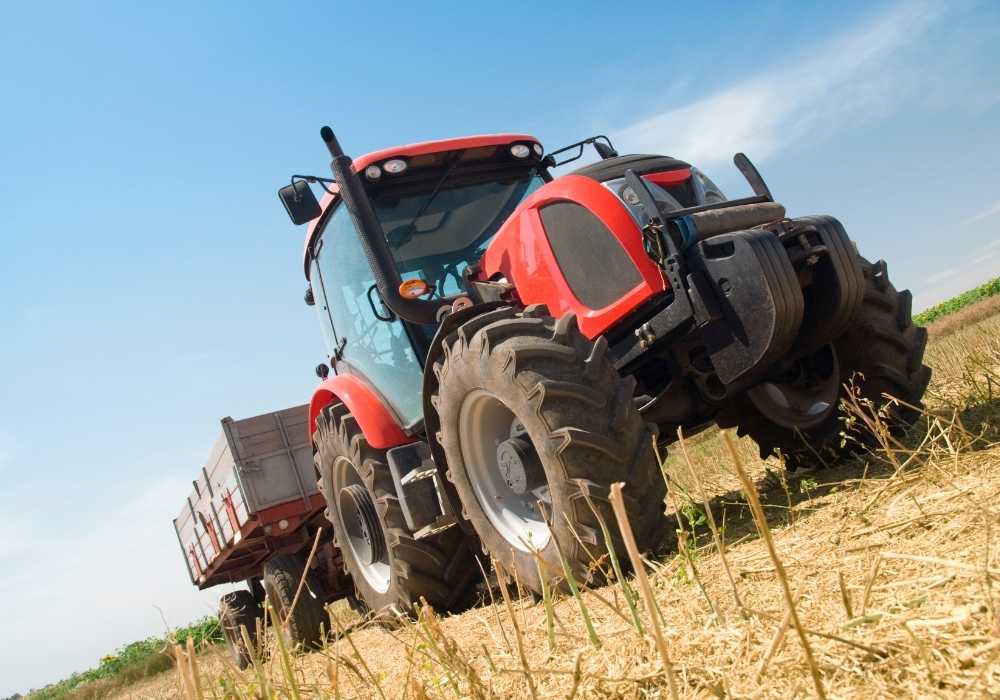Topic Content:
- Meaning of Commercial Agriculture
- Characteristics of Commercial Agriculture
- Advantages of Commercial Agriculture
- Disadvantages or Problems of Commercial Agriculture
What is Commercial Agriculture?
Commercial Agriculture is a type of agriculture, which is concerned with the production of food, animals and cash crops in large quantities for sale.

Characteristics of Commercial Agriculture:
1. A large area of farmland is required for cultivation.
2. Requires large capital for effective continuity.
You are viewing an excerpt of this Topic. Subscribe Now to get Full Access to ALL this Subject's Topics and Quizzes for this Term!
Click on the button "Subscribe Now" below for Full Access!
Subscribe Now
Note: If you have Already Subscribed and you are seeing this message, it means you are logged out. Please Log In using the Login Button Below to Carry on Studying!



Responses